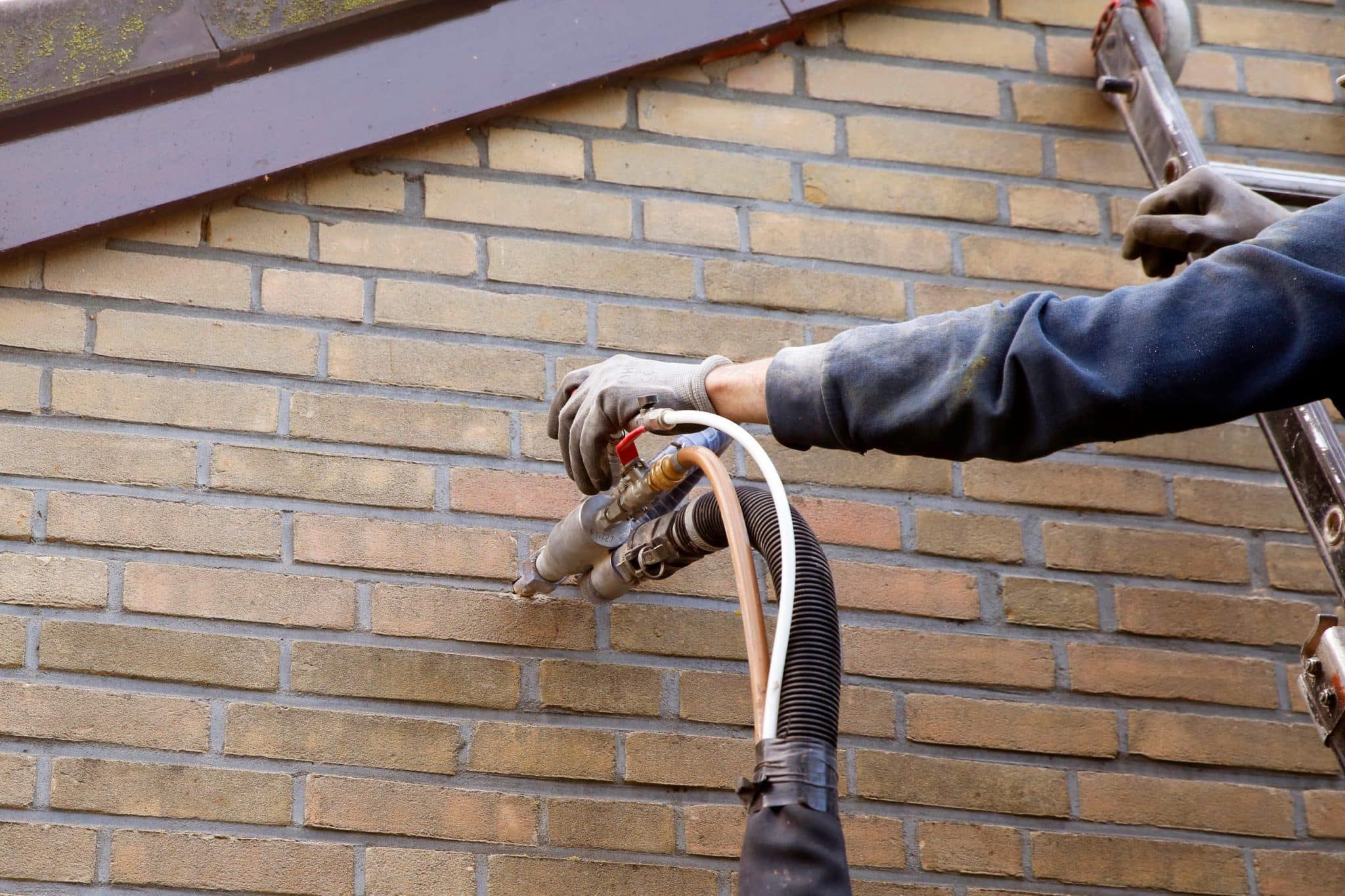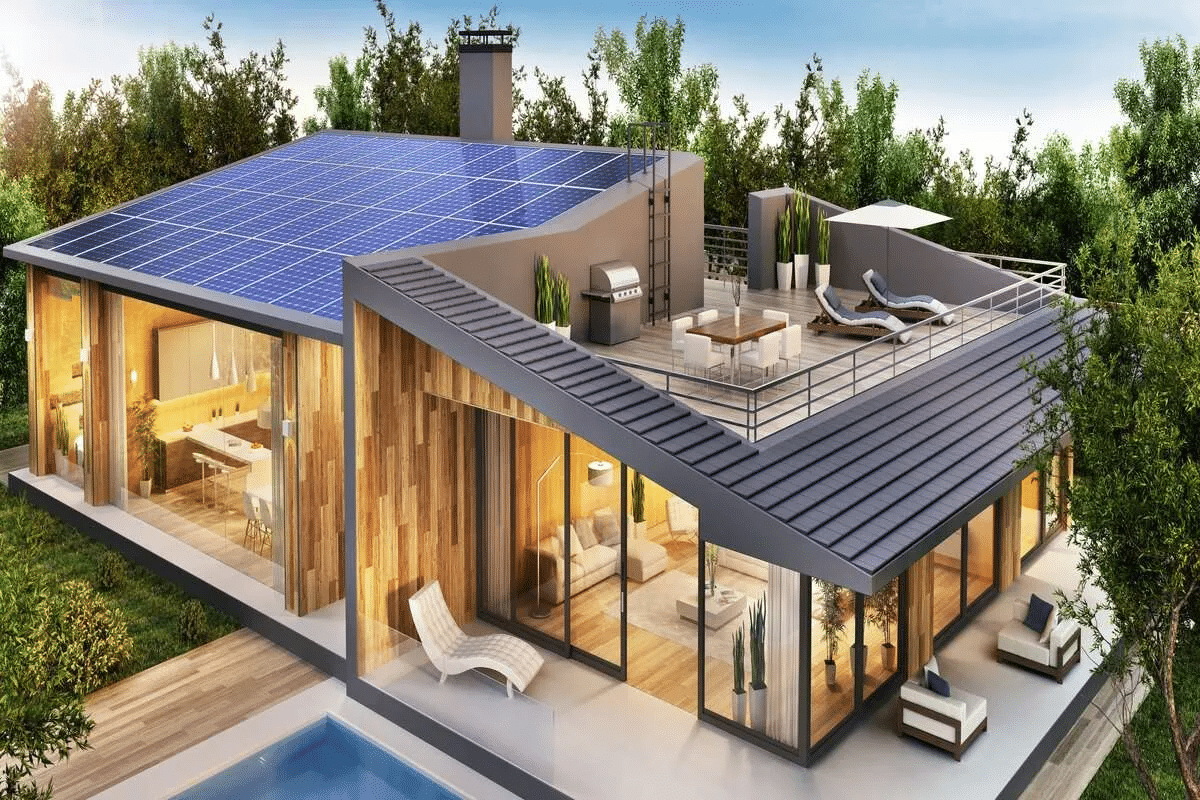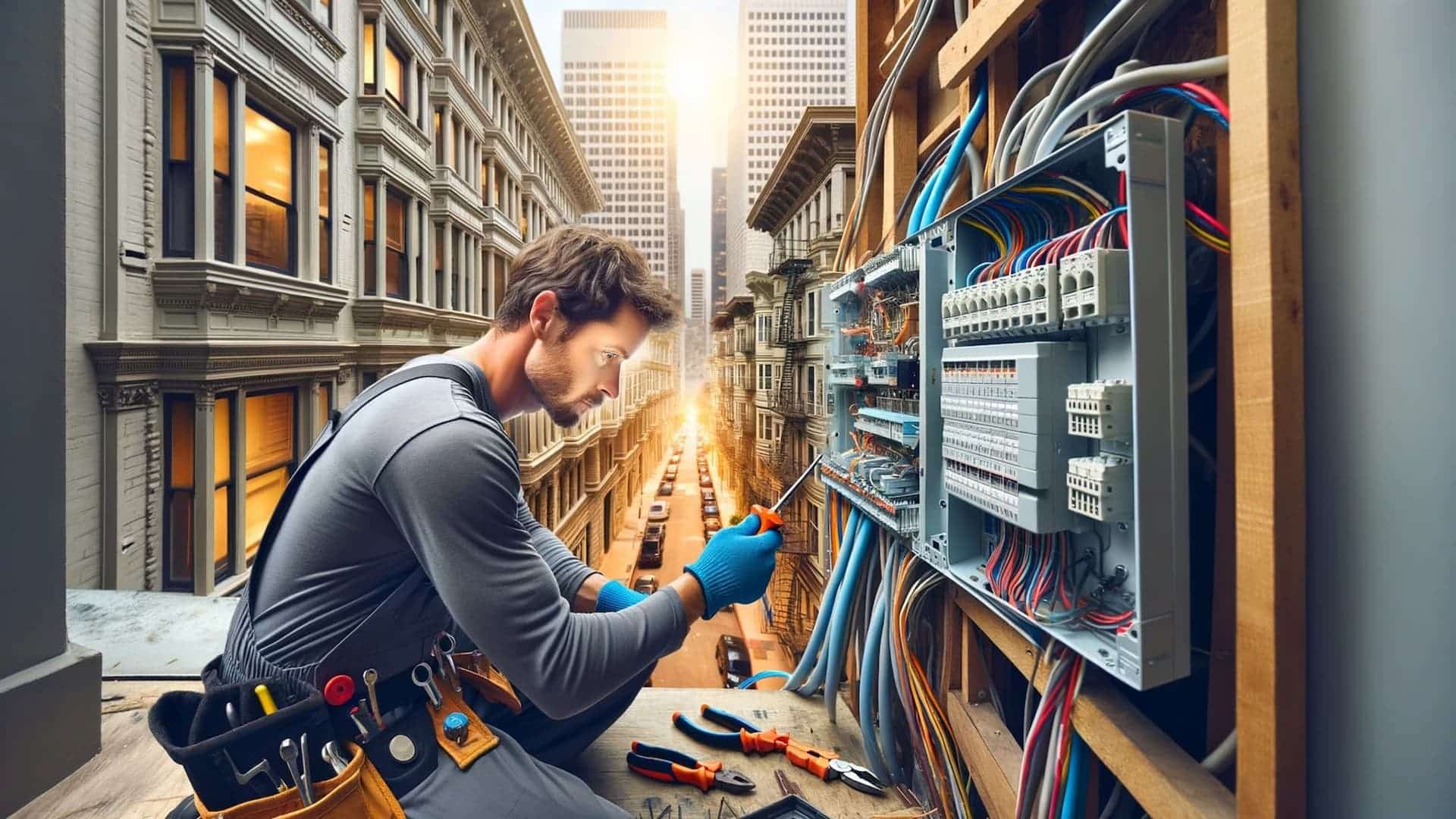Importance of Cavity Wall Insulation
Are you dealing with draftiness and high energy bills? That sounds frustrating. There are solutions available to help you deal with these issues. One of these solutions is cavity wall insulation.
What is it? Well, it’s a method of improving thermal efficiency of a building through heat loss in its walls. Sounds pretty cool, right? Let’s talk more about it.
Benefits of Cavity Wall Insulation
There are a ton of different advantages to using cavity wall insulation to improve the comfort of your home. And there’s more to it than just that—think positively affecting your wallet and the planet!
Enhanced Thermal Comfort
The first benefit we’ll dive into is the most obvious: increased comfort. You want your home to maintain a comfortable and consistent temperature, right? Well, cavity wall insulation does just that. With this type of insulation, you’ll notice fewer cold spots and reduced heat loss, especially during the colder months.
Reduced Energy Bills
Next up is all that money you’re going to save! Who doesn’t love that? By insulating your cavity walls, you reduce the need for constant heating and cooling—it’s doing some of the leg work for you. And what does that mean? Lower energy consumption and, as a result, a lower energy bill!
Lower Carbon Emissions
Let’s talk about the planet. We all want to keep our beautiful world spinning for as long as possible, right? Well, when you’re using less energy to heat or cool your home, you help fight that battle. You’re putting out lower carbon emissions, which means you are actively helping in the fight against climate change. Pretty sweet!
Increased Property Value
Back to money saved—because who can ever have an excess of that? If your home is properly insulated, it will often have a higher market value. Potential buyers will see that and get very excited. They’ll see it as a long-term saving, knowing they’ll inherit the lower energy bills.
Considering Cavity Wall Insulation
When looking into cavity wall insulation, there are a few things you’ll want to consider.
Assessing Your Home’s Suitability
First up, make sure your home is compatible. This all depends on when your home was built and what the wall structure is like. Homes built post-1920 typically have cavity walls, so they’re good to go when it comes to that type of insulation. It’s really important to make sure the external walls have unfilled cavities and are in good condition to avoid any moisture-related issues.
Choosing the Right Insulation Material
Next, choose the right insulation material. Selecting the right material can significantly affect thermal performance and durability. The most common materials are:
- Mineral wood: Made from molten glass, rock, or slag that is spun into a fibre like material. Known for its sound insulating properties and is fire resistant.
- Polystyrene beads: Small, lightweight beads that are excellent at trapping air. Water resistant and durable.
- Polyurethane foam: A plastic material that has a high insulation value per inch of thickness. Foam expands to fill the cavity, creating an airtight seal.
- Phenolic foam: This resin is fire resistant and provides better insulation with less thickness.
Each type of material has different advantages. The one that’s best for you depends on what your home may require (fire resistance, water resistance, extra noise cancelling, etc.), as well as the construction type and local climate conditions.
Understanding the Installation Process
The idea of filling your walls may sound daunting, especially if you don’t know what it will look like. It’s actually quite simple. Typically, small holes are drilled into the wall. The insulation is then injected by a professional. It usually takes less than a day. Once it’s finished, the holes are patched up to look good as new.
Exploring Funding and Grants
If finding the money to do cavity wall insulation is stressful, you’re in luck! There are several support schemes available to help significantly reduce the upfront cost of insulation. Cavity wall insulation grants aim to enhance home energy efficiency and can cover a substantial portion of the expenses.
Wrapping Up
From energy savings to a comfier home, cavity wall insulation sounds like the perfect solution. It’s nice to know that getting it done won’t tear up your home, either! In and out in a day, and a wall that doesn’t look any different. And with the financial help from support schemes, it sounds pretty easy to do.







